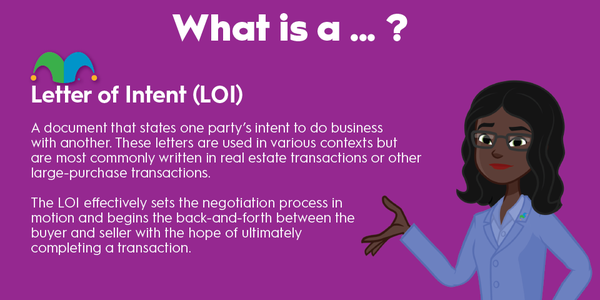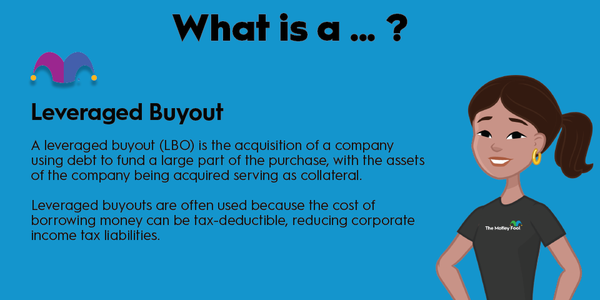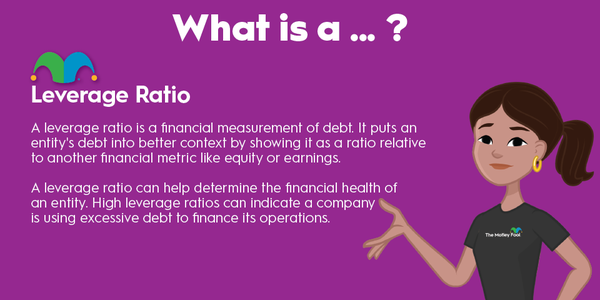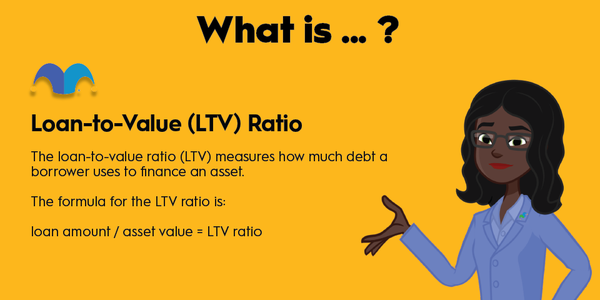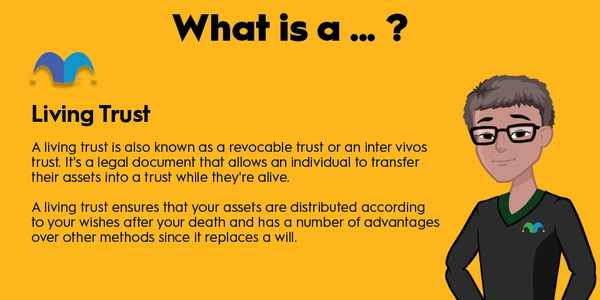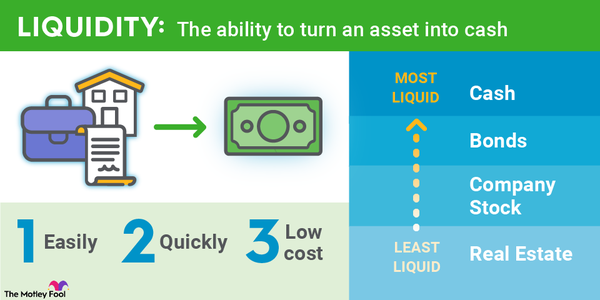If you're a business owner who's setting up a 401(k) or another retirement plan for employees, you may want to obtain a letter of determination from the IRS. A letter of determination shows that your plan meets the minimum standards to receive tax-advantaged treatment. In this article, we'll cover how letters of determination work and when you should seek one.

What is a letter of determination?
What is a letter of determination?
Both employees and employers receive tax benefits from a company-sponsored retirement plan, like a 401(k). With a traditional 401(k), the employee lowers their tax liability for the current year; with a Roth 401(k), they get tax-free withdrawals in retirement. Employers get to deduct their contributions on the company's federal tax return and may even qualify for tax credits.
A letter of determination shows that a plan meets all the requirements of the Employee Retirement Income Security Act of 1974 (ERISA) and qualifies for special tax treatment. When the IRS issues a letter with a favorable determination regarding the plan, it generally means that:
- The employer can deduct their contributions up to the annual 401(k) contribution limits.
- Employees can deduct their contributions to the plan unless they're contributing to a Roth account.
- Contributions can grow on a tax-deferred basis until the employee makes a withdrawal.
However, if the plan is significantly amended, the law changes, or the application contains errors or omissions, an employer may not be able to rely on a favorable letter.
Is it required?
Is a determination letter required?
Not in many cases. Many employers use what are called pre-approved retirement plans. Basically, a financial institution or benefits provider prepares a plan document and submits it to the IRS for approval. Once approved, the institution or benefits provider makes it available for employers to adopt.
An employer who uses a pre-approved retirement plan generally won't have to apply for a letter of determination from the IRS. However, if an adopting employer makes substantial changes to the plan document, it risks becoming an individually designed plan. In that event, it can't rely on guidance in the pre-approved document for confirmation that the plan meets Internal Revenue Code requirements for a qualified retirement plan.
But even if your plan becomes an individually designed plan, that doesn't necessarily mean you can seek a letter of determination. In 2017, the IRS limited the circumstances in which employers with individually designed plans can request a determination letter. For example, employers can seek a letter of determination if they've never received a favorable determination letter in the past or if they've received a favorable letter in the past but the plan is terminating or merging with the plan of a previously unrelated organization.
Related investing topics
Limitations
Limitations of a determination letter
Under ERISA rules, qualified retirement plans must undergo complex nondiscrimination testing to show that the plan doesn't disproportionately benefit highly compensated employees, i.e., top earners or those who own part of the company. However, a determination letter won't tell you whether your plan passes nondiscrimination tests.
To keep its qualified status, a plan must pass the following tests:
- Annual deferral percentage test (ADP): Compares the average salary deferral percentage for highly compensated employees vs. non-highly compensated employees.
- Annual contribution percentage test (ACP): Compares the average employer contributions received by highly compensated employees vs. non-highly compensated employees.
How to get one
How do I get a letter of determination?
Remember: If you use a pre-approved plan and don't make significant changes to it, you won't need a letter of determination. However, if you need to apply for a determination letter, use Form 5300, available on the IRS website. To amend a pre-approved plan, use Form 5307. If you're terminating a plan, use Form 5310.

